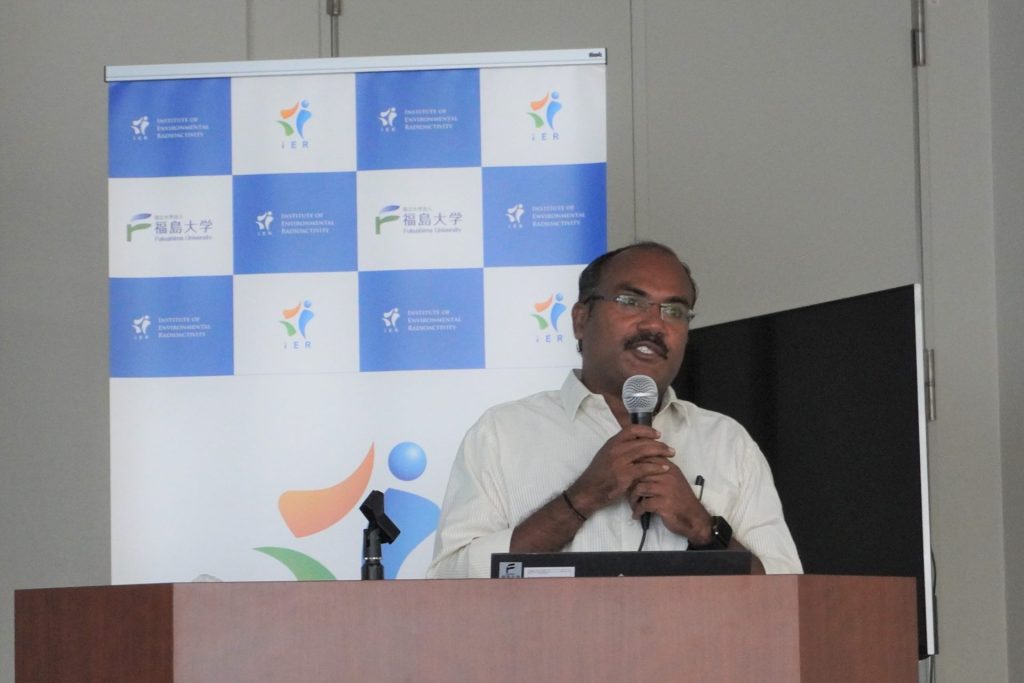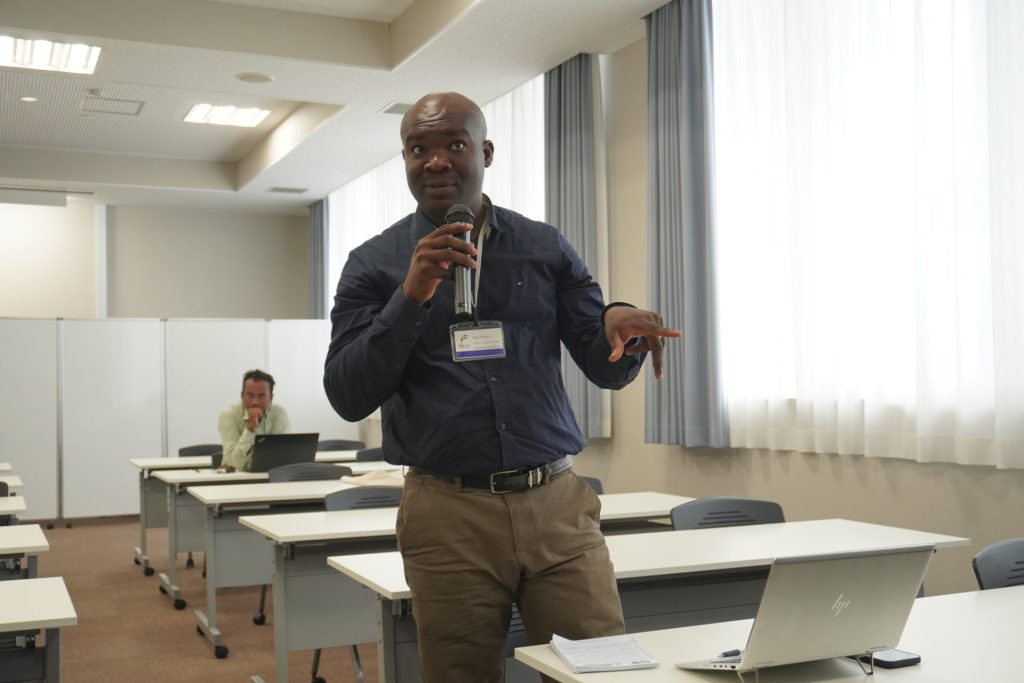August 28, 2024, we held an IER Special Seminar. <Dr. A. CHANDRASEKARAN, Dr. M. Saiyad MUSTHAFA>
| Date & Time | Mon. August 28, 2024, 11:00-12:00 JST | |||||
| Venue | 6F Conference room, Main Bldg. IER/Online (Zoom) | |||||
| Speakers | Dr. A. CHANDRASEKARAN, Assistant Professor, Department of Physics, Sri Sivasubramaniya Nadar College of Engineering, Chennai, Tamil Nadu, India. Dr. M. Saiyad MUSTHAFA, Assistant Professor, P.G. & Research Department of Zoology, The New College (Autonomous), Chennai, Tamil Nadu, India. | |||||
| Lecture Titles | Assessment of Radioactivity Levels in Environmental and Construction Materials from Tamil Nadu, India (CHANDRASEKARAN) Biological Effects of Ionizing Radiation on Aquatic Biota in Tamil Nadu, India (MUSTHAFA) | |||||
On August 28, 2024, a special seminar was held at IER featuring Dr. A. CHANDRASEKARAN, Assistant Professor, Department of Physics, Sri Sivasubramaniya Nadar College of Engineering, Chennai, Tamil Nadu, India and Dr. M. Saiyad MUSTHAFA, Assistant Professor, P.G. & Research Department of Zoology, The New College (Autonomous), Chennai, Tamil Nadu, India. Thirteen participants, including IER graduate students, IER faculty members, and online attendees, took part in the seminar.
In this seminar, Dr. A. CHANDRASEKARAN covered a range of studies on natural radioactivity and its potential health risks. Topics included the assessment of radiation hazards in beach sediments, red and black soils from agricultural areas, building materials, and natural radiation levels in fertilizer samples collected from Tamil Nadu, India.
Dr. M. Saiyad MUSTHAFA discussed the impact of ionizing radiation on sex steroid hormones in the milt and serum of Oreochromis mossambicus. He also presented on Shilajit, a natural mineral used in traditional Indian medicine, highlighting its roles as an immune stimulant, antioxidant enhancer, and free radical scavenger. Lastly, the seminar covered the microbial diversity in Natural High Background Radiation Areas of India.
After the presentation, a comment was raised by an IER researcher.



